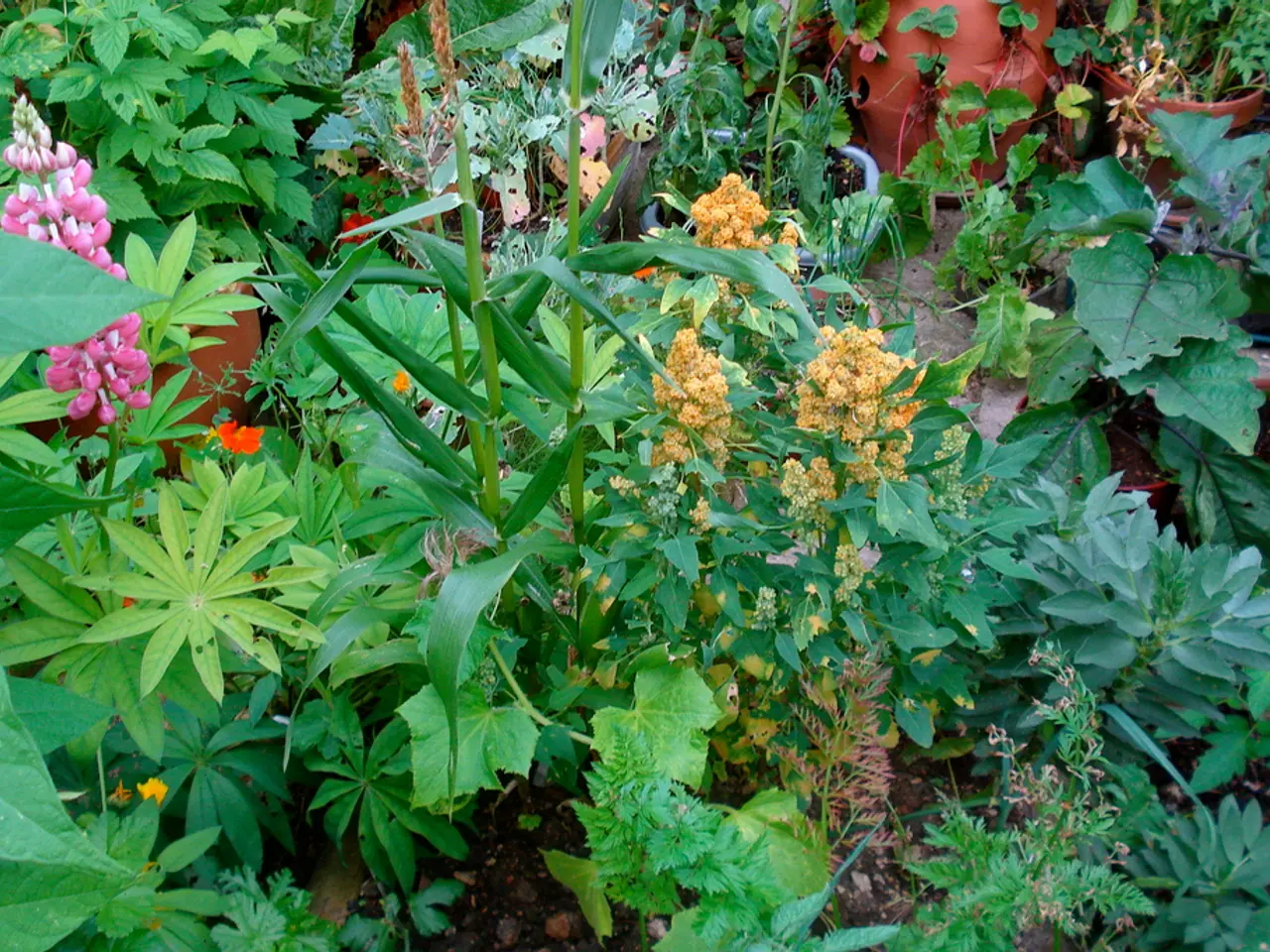Enhancing Garden's Health: Suitable Vegetation for Rich Soil
When it comes to gardening and composting, there are various techniques and concepts that have been passed down through the years. Two such ideas are dynamic accumulators and hyperaccumulators, both of which are used to enhance soil fertility. However, while one has a strong scientific backing, the other remains a topic of debate.
Dynamic accumulators are plants that are said to draw up nutrients and minerals from deep in the soil, concentrating them in their leaves or biomass. Common examples include comfrey and dandelion. The concept, popular in permaculture and organic gardening, suggests that these plants can be used as mulch or compost to enrich garden soil.
However, it is essential to clarify that there is no rigorous, peer-reviewed research broadly validating the concept of "dynamic accumulators" as popularly described in permaculture. The scientific literature supports that some plants do selectively uptake and concentrate certain elements, but this is mostly studied in the context of soil contamination and remediation rather than general garden soil enrichment.
On the other hand, hyperaccumulators are well-documented scientifically. Hyperaccumulator plants are species that absorb unusually high concentrations of specific metal ions, such as nickel, cadmium, and zinc, from contaminated soils and store them in their tissues. This phenomenon has been studied for phytoremediation purposes.
In summary, while plants that hyperaccumulate metals are scientifically confirmed, the broader permaculture idea of dynamic accumulator plants improving garden soil by mining and returning specific nutrients lacks direct scientific validation and remains more a practical horticultural idea than a proven mechanism supported by scientific evidence.
Moving on from dynamic accumulators, there are other gardening practices that have a solid scientific basis. For instance, composting is a vital process that improves soil structure, retains nutrients, promotes good drainage, keeps soil loose for air to reach roots, maintains a neutral pH, and protects plants from diseases. A simple compost pile method involves layering green material, compost, fertilizer, soil, and water. The compost pile should be ready to use over a four- to six-month period.
When it comes to using compost in gardens, the application varies depending on the type of plant and location. For flower beds, a mix of four parts soil from the compost pile and one part unscreened leaf compost is recommended. For lawns, a two-inch layer of compost and fertilizer should be spread and mixed into the top six inches of soil in the fall. For trees and shrubs, a hole two to three times the depth and diameter of the root ball should be dug, and a mixture of equal parts topsoil, finished compost, and peat moss or leaf mold should be used to fill it.
Green manures are another technique used to improve soil quality. These are plants that are left to grow for several months before being cut down and dug into the soil to enrich it. Examples include legumes such as peas and beans, which are valued for their ability to fix nitrogen in the soil. Researchers also use hyperaccumulating plants in areas contaminated with heavy metals or high-value metals.
In conclusion, while the concept of dynamic accumulators remains debated, there are numerous practices in gardening and composting that are scientifically proven to improve soil quality and plant health. Whether you're tending to a flower bed, vegetable garden, lawn, tree, shrub, or potted plant, applying compost liberally and using green manures can lead to better results. Always remember to conduct a soil test every few years to determine additional nutrients needed for plant growth, and turn the compost pile every few weeks to speed up decomposition.
- In the realm of home-and-garden practices, composting, unlike the contested concept of dynamic accumulators, has a solid scientific basis and can significantly improve soil health.
- Besides composting, the technique of green manures, such as planting legumes like peas and beans, is also scientifically proven to boost soil fertility by fixing nitrogen, similar to how hyperaccumulators are used in contaminated sites for phytoremediation.




